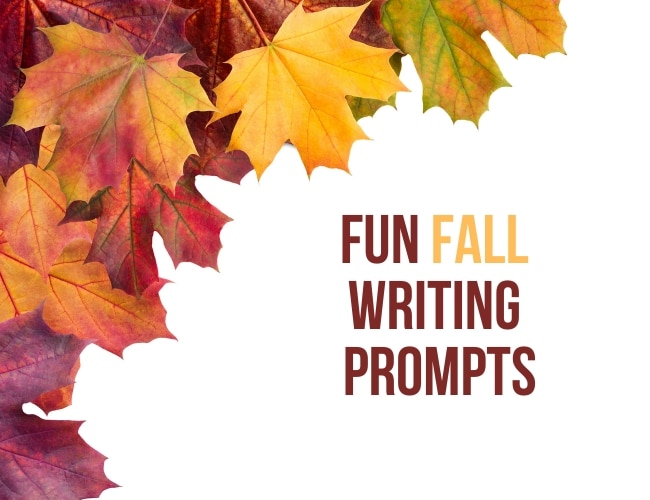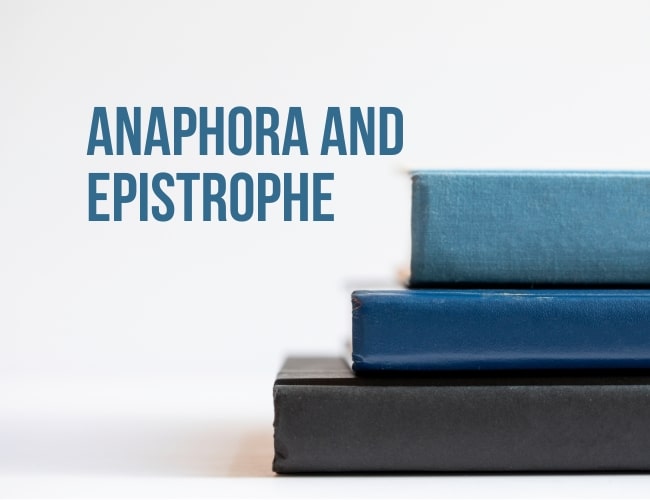
by Sue Weems |
Writing prompts are one of the best ways to get in your daily writing practice and hone your writing skills. Whether you’re a parent or teacher trying to help reluctant writers get started or a seasoned pro looking for new ideas, today we have a series of fun fall writing prompts to help you transition from the summer season into the autumn, writing all the way.

by Sue Weems and Guest Blogger |
If you’re a writer, you’ve likely heard advice that one of the best ways to improve your craft is to read. It’s true! But the way you read matters. How can you read and discuss books with a writer’s eye, so you get more out of the experience?

by Sue Weems and Liz Bureman |
Last Wednesday through Sunday, I went to Reykjavik with some friends thanks to Groupon. Fortunately, the jet lag hasn’t hit much since coming home, but it was a great weekend. We saw the Northern Lights, we saw waterfalls, we saw geysers, and we saw a place where two tectonic plates meet.
By the way, that last text pattern, with the repetition of “we saw”, is what’s called anaphora.

by Sue Weems |
Creative nonfiction is a literary genre of writing that uses fiction techniques and stylistic choices to express real-life experiences. It depends on story elements especially, so everything you’ve learned about structure will serve you well in creative nonfiction.

by Sue Weems |
Writing is a solitary profession for the most part, but sooner or later, we realize we need a network of people, from beta readers to editors and eventually readers. Some writers retreat, discouraged by unkind comments or unsupportive friends or family, believing that someday, somehow their work will reach a wider audience.
But writing alone and hard work aren’t enough by themselves. Very few writers can write and launch a book and career entirely in isolation. (Plus, being a part of a writing or creative community is much more fun.)
Here are a few small steps for finding, joining, or building a writing community.




